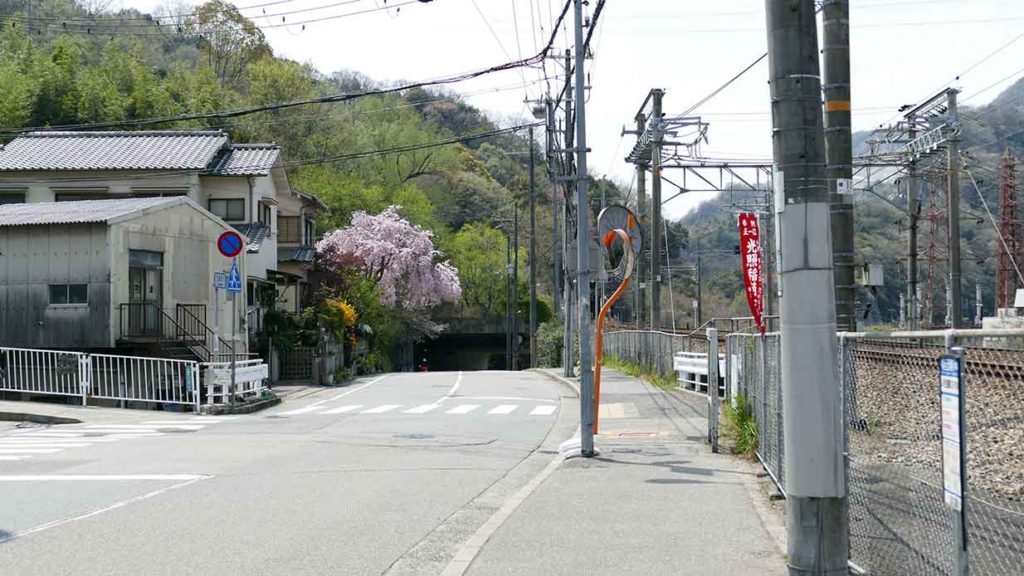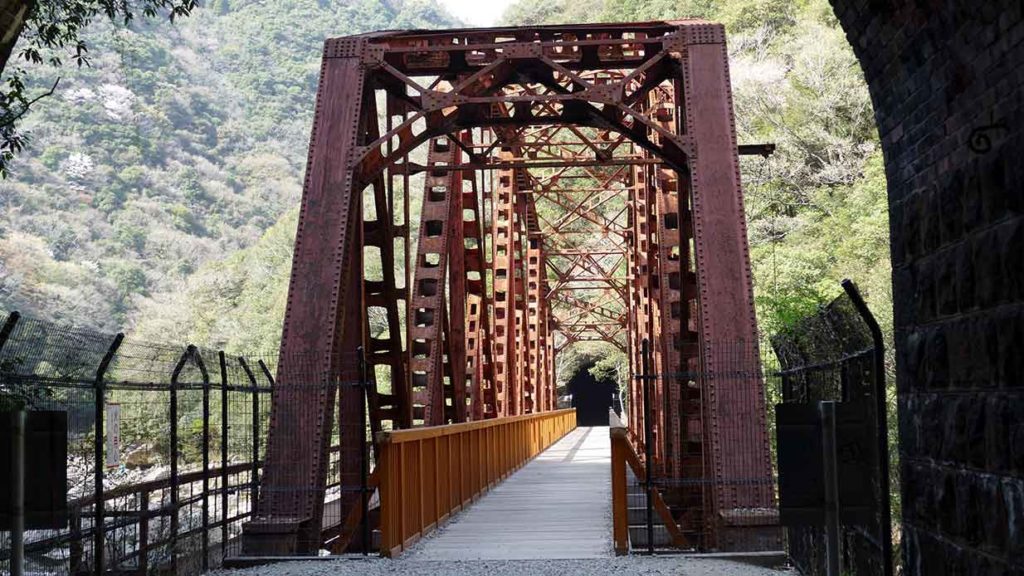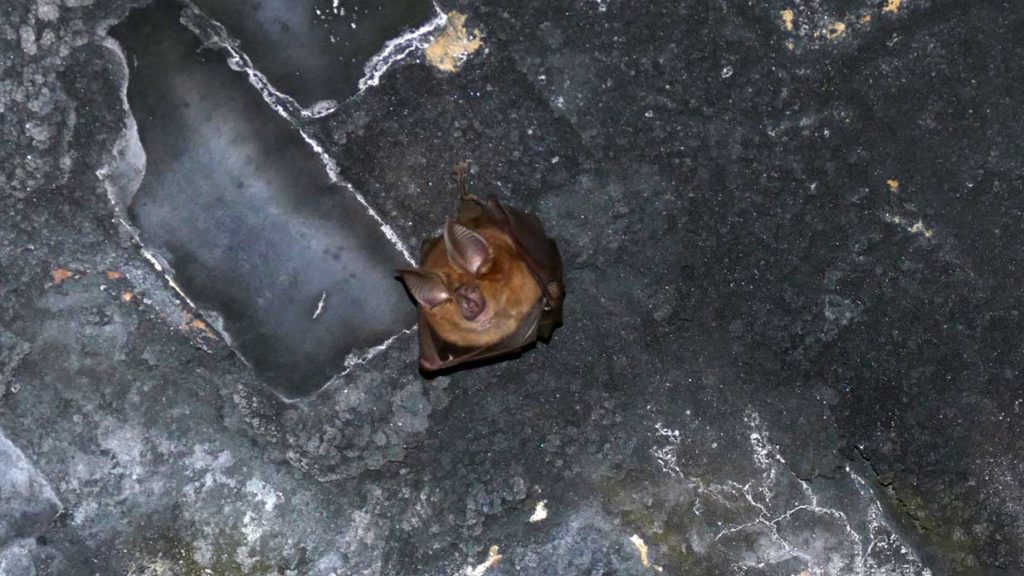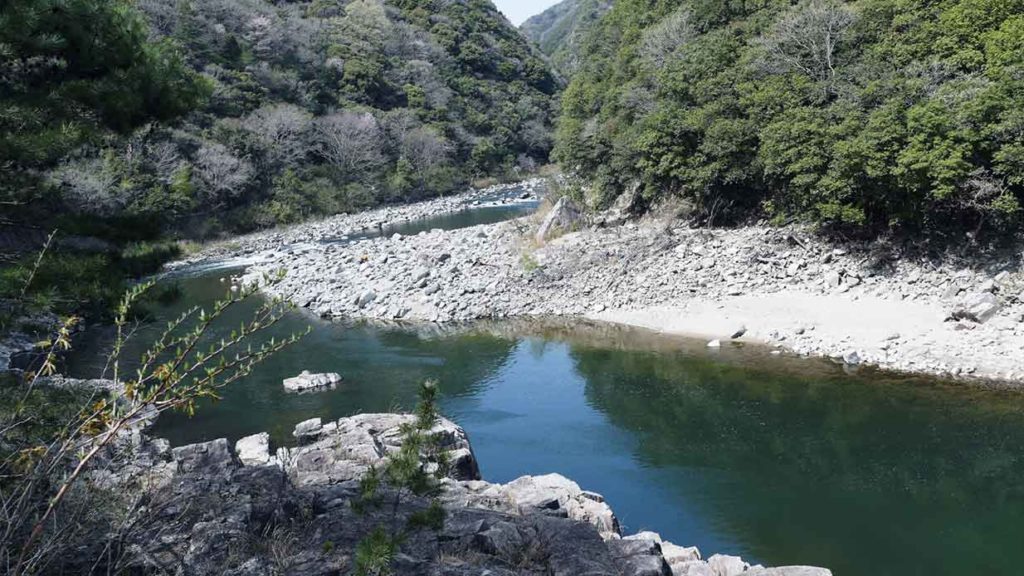We arrived in Osaka Tempozan harbour about 6am on the 16th May on board the Cunard Lines Queen Elizabeth and 900 passengers got off the ship, filing through customs in groups. We were going to get the subway train to our hotel, but decided to catch a cab instead. Poor driver got lost and did not speak English. We sat on the side of the road for a while, as he tried to get directions via his mobile phone, but did eventually turn off his meter. We eventually found the Alexander Hotel Namba, where we were staying for the next two nights and booked in. We went for a walk in the many shopping arcades around Namba and promptly got lost. Found our way back to the hotel and also located a spot to have dinner. Got back to the hotel and crashed.

It was raining, cold and very windy the following morning, but we sorted out where to catch the train from and where to change trains to arrive near Osaka Castle. I had to buy an umbrella, which was promptly blown inside out as soon as I stepped outside, but it held together.
We didn’t get in the line to catch the elevator up to the 8th floor, intending rather to catch it back down. Big mistake – it didn’t take passengers on the downward trip, so we walked 16 floors. Had lunch in a cafe in a separate building on the grounds and then walked around to the plum garden, which was in flower. Luckily the rain had stopped. As we were walking out of the grove, a voice called out ‘what are you doing here’. It was Margaret, one of our new friends from the Q.E. Paul was a little way off, sitting down because his feet hurt. They had also bumped into Peter, another Q.E. friend from our dinner table, earlier on. We left the castle and headed back to the hotel for our last night in Osaka

Osaka Castle (Osaka-jo) was built by the hegemon Toyotomi Hideyoshi, who ruled Japan in the latter half of the 16th century, on the site of a temple called Ishiyama Hongan-ji. The construction work began in 1583 and most buildings such as the castle tower were completed in 1585. Its gross area is over 3,300,000 sq m and tens of thousands of people were daily mobilized in its construction. The donjon is five-tiered and nine-storied, and has large golden sea creature ornaments shining on the rooftop. It is claimed that pure gold chasings were set in the corridors. One of the charms of this castle is the beauty of its stone wall. Reportedly, there are 40,000 rocks in the wall. Legend has it that powerful daimyo from all parts of Japan competed in carrying the large rocks to display their loyalty to the Toyotomi hegemon. Toyotomi Hideyoshi intended the castle to become the center of a new, unified Japan under Toyotomi rule. It was the largest castle at the time. However, a few years after Hideyoshi’s death, Tokugawa troops attacked and destroyed the castle and terminated the Toyotomi lineage in 1615. Osaka Castle was rebuilt by Tokugawa Hidetada in the 1620s, but its main castle tower was struck by lightning in 1665 and burnt down.
It is the symbol of Osaka. It was not until 1931 that the present ferro-concrete reconstruction of the castle tower was built. During the war it miraculously survived the city wide air raids. Major repair works gave the castle new glamor in 1997. The castle tower is now entirely modern on the inside and even features an elevator for easier accessibility. It houses an informative museum about the castle’s history. It has five tiers and is approximately 40 m high. The castle tower is surrounded by secondary citadels, gates, turrets, impressive stone walls and moats. The Nishinomaru Garden, encompassing the former ‘western citadel’, is a lawn garden with 600 cherry trees, a tea house, the former Osaka Guest House and nice views of the castle tower from below. Unlike most of the rest of the castle grounds, the garden requires an admission fee. The entire Osaka Castle Park covers about two square kilometers with lots of green space, sport facilities, a multi-purpose arena (Osakajo Hall) and a shrine dedicated to Toyotomi Hideyoshi. The park is one of Osaka’s most popular hanami (cherry blossom viewing)spot during the cherry blossom season, which usually takes place in early April.
We checked out of our hotel and were fortunate enough to be able to leave our bags in storage there, until we returned in the late afternoon. The plan was to catch a train to Namaze station and then begin the easy hike along the Mukogawa Gorge and the now abandoned JR Fukuchiyama rail line.
The trains that used to thunder along the tracks are now rolling down other lines so the old track has become an interesting hiking trail. You can start the hike either from Namaze or Takedao, both are connected to the JR line and have trains to Osaka.
 The track is well maintained and has amazing scenery and you can catch a train at either end of it. The hike takes about 3 hours but being an old railway line means that the whole thing is pretty level, albeit bumpy, so basically anyone who can walk shouldn’t have too much trouble. It doesn’t take long before you come to the first of several tunnels that you have to walk through, some of which are pretty long and pitch black so make sure your phone is charged for the flashlight or alternatively bring an actual torch.
The track is well maintained and has amazing scenery and you can catch a train at either end of it. The hike takes about 3 hours but being an old railway line means that the whole thing is pretty level, albeit bumpy, so basically anyone who can walk shouldn’t have too much trouble. It doesn’t take long before you come to the first of several tunnels that you have to walk through, some of which are pretty long and pitch black so make sure your phone is charged for the flashlight or alternatively bring an actual torch.
 As you walk through the darkest tunnels, you can hear the squeaking and chittering of roosting bats. It is extraordinary how many people just walk through and are oblivious of the wildlife in areas. I guesstimated the distance and manually set the camera to snap a few pictures. Actually captured a few bats on ‘film’.
As you walk through the darkest tunnels, you can hear the squeaking and chittering of roosting bats. It is extraordinary how many people just walk through and are oblivious of the wildlife in areas. I guesstimated the distance and manually set the camera to snap a few pictures. Actually captured a few bats on ‘film’.

About halfway along the hike, you come to a bridge over the river in between two tunnels that has great views of the gorge. The walk takes about 3 hours at a leisurely pace, so bring along snacks and drinks and remember to take your rubbish back with you. For me, this was one of many highlights on this trip and I would do it again, taking a lot longer and exploring.

Caught the train at Takedao station to Osaka and then on to Kyoto, where we picked up our bags and got our reserved Shinkansen back to Tokyo and then the train back to Higashi-nakano.
